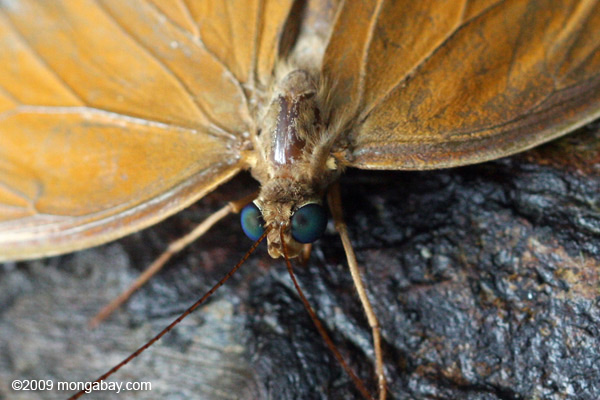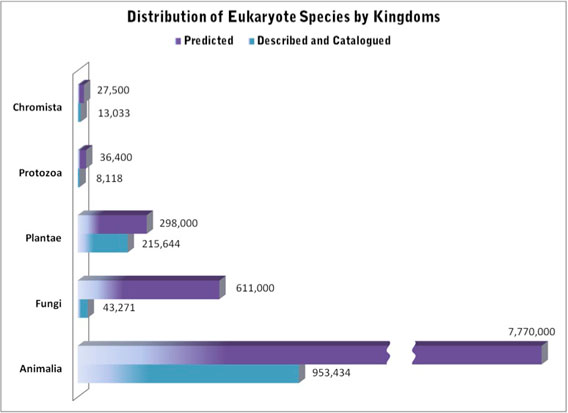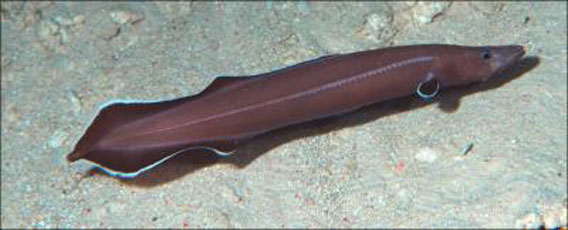The question of how many species exist has intrigued scientists for centuries and the answer, coupled with research by others into species' distribution and abundance, is particularly important now because a host of human activities and influences are accelerating the rate of extinctions," said lead author Camilo Mora of the University of Hawaii and Dalhousie University in a recent press release.
Estimates for life on Earth have varied widely, jumping from 3 million in total to 100 million, but the authors of the paper argue theirs is the most accurate estimate to date. "We discovered that, using numbers from the higher taxonomic groups, we can predict the number of species. The approach accurately predicted the number of species in several well-studied groups such as mammals, fish and birds, providing confidence in the method," says co-author Dr. Sina Adl at Dalhousie University. The team came up with the estimate by analysing the 1.2 million species listed in the Catalogue of Life and the World Register of Marine Species.
According to the paper, 91 percent of ocean species remain undiscovered, while 93 percent of fungi are unknown. "We have only begun to uncover the tremendous variety of life around us," says co-author Alastair Simpson, also with Dalhousie. "The richest environments for prospecting new species are thought to be coral reefs, seafloor mud and moist tropical soils. But smaller life forms are not well known anywhere. Some unknown species are living in our own backyards—literally."
Less is even known about the threats to species in what scientists say is an age of mass extinction. The International Union for the Conservation of Nature, which evaluates the threat-level to species, has to date analyzed just over 59,000 species, or 0.6 percent of the world's species according to the new estimate.
"Many species may vanish before we even know of their existence, of their unique niche and function in ecosystems, and of their potential contribution to improved human well-being," Mora said, adding that given this, " I believe speeding the inventory of Earth's species merits high scientific and societal priority. Renewed interest in further exploration and taxonomy could allow us to fully answer this most basic question: what lives on Earth?"




No comments:
Post a Comment
Many thanks for your contribution. Where applicable, we will respond to you here.